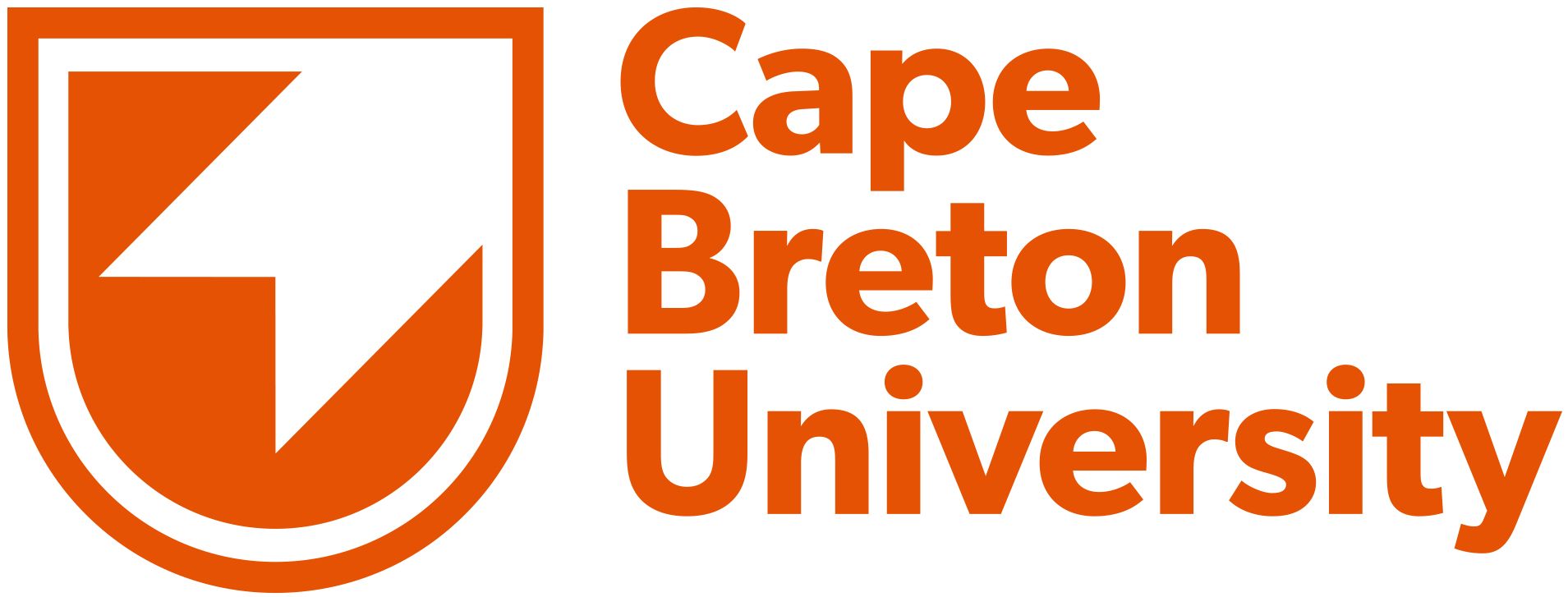
- Bio
-
Caitlin Furby & Mark Turner — Founders of Lucentara and Dinosty Fossils
Caitlin Furby and Mark Turner are the founders of Lucentara and Dinosty Fossils, two closely connected companies reshaping the global perception of ammolite through innovation, craftsmanship, and science.
Together, they’ve built an enterprise that bridges the gap between Alberta’s fossil-rich past and the modern world of design and technology. Dinosty Fossils oversees the mining and restoration of ammonite fossils and ammolite gemstones across more than 1,200 hectares of mineable land in Southern Alberta, while Lucentara focuses on transforming these natural treasures into luxury products and advanced materials research opportunities.
Mark Turner’s lifelong dedication to paleontology and fossil exploration laid the foundation for Dinosty’s success. His discoveries, including significant fossil trackways in Tumbler Ridge, helped define him as one of Canada’s most respected field collectors.
Caitlin Furby brings a background in statistics, psychology, and business leadership, guiding Lucentara’s strategic growth and global expansion. Under her direction, the companies have become known for their precision restoration, ethical mining practices, and pioneering use of technology in fossil preparation and gemstone presentation.
- Companies
-
-
 Lethbridge, Alberta, Canada
Lethbridge, Alberta, Canada
-
- Categories
- Databases Data visualization Digital marketing Machine learning Marketing analytics
Socials
Latest feedback
Project feedback
Project feedback
Project feedback
Achievements
Recent projects
Ammolite Spectral Color Visualization Prototype
The goal of this project is to develop a functional prototype that integrates both hardware and software components to capture and visualize the spectral color data of ammolite, a rare and iridescent gemstone. Ammolite's unique color properties change under different lighting angles, making it a fascinating subject for spectral analysis. The project involves designing a system that can accurately capture these color variations and present them in a user-friendly visual format. This will provide valuable insights into the gemstone's properties and enhance its appeal in the market. The project will require the application of knowledge in optics, data visualization, and software development, allowing learners to bridge theoretical concepts with practical implementation. The tasks will include selecting appropriate sensors, developing software for data processing and visualization, and testing the prototype under various lighting conditions.
Ammolite-Driven Optical Computing for Health Applications
This project explores the innovative use of ammolite, a gemstone known for its vibrant colors, in the development of optical computing solutions for healthcare applications. The goal is to investigate how the unique optical properties of ammolite can be harnessed to enhance data processing in biotech applications, particularly in medical imaging and diagnostics. Students will delve into the intersection of AI and optical computing, applying theoretical knowledge from their coursework to real-world scenarios. The project will involve researching existing technologies, identifying potential applications, and proposing a conceptual framework for integrating ammolite-based optical computing into current healthcare systems. The team will work collaboratively to analyze the feasibility and potential impact of these applications, providing a comprehensive understanding of this emerging field.
Bio-Inspired Photonic Coatings for Passive Thermal Regulation
Nature has evolved materials that manipulate light with remarkable efficiency — butterfly wings, beetle shells, and certain fossilized shells all display vivid structural color created by nanoscale layering. This project explores how bio-inspired, multilayer photonic coatings can be engineered to reflect infrared radiation while transmitting visible light, creating passive cooling surfaces for buildings, vehicles, or wearable materials. The goal is to design, model, and prototype coatings that reduce heat absorption without relying on traditional pigments or electrical energy — contributing to sustainable, zero-power climate control.
Ammonite Concretion Removal Precision Project
The goal of this project is to develop a precise methodology for removing the concretion surrounding an ammonite fossil from Southern Alberta. The concretion, a hard, compact mass of mineral matter, encases the fossil and must be carefully removed to preserve the delicate structure of the ammonite. This project will allow learners to apply their knowledge of geology, paleontology, and precision tools to develop a step-by-step process for safe and effective concretion removal. The team will research existing techniques, evaluate their effectiveness, and propose improvements or new methods. The project emphasizes precision, safety, and the preservation of the fossil's integrity. Tasks include literature review, tool selection, and method testing. - Research existing concretion removal techniques. - Evaluate the effectiveness and safety of these techniques. - Develop a detailed methodology for ammonite concretion removal. - Test the proposed methodology on sample fossils.
